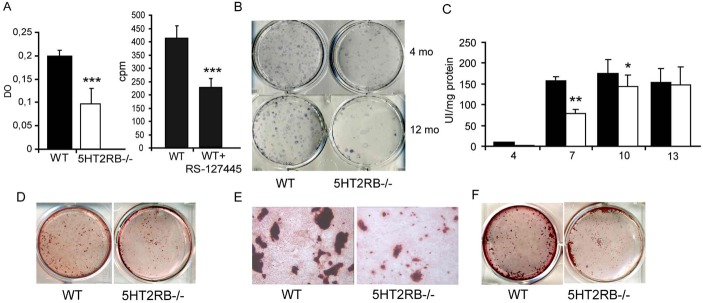Figure 5. 5-HT2BR impacts on osteoblast recruitment and proliferation.
(A) Proliferation was assessed after a 2 day-culture period by BrdU incorporation in WT and 5-HT2BR−/− calvarial osteoblasts, and by [3H] thymidine incorporation in the absence or presence of RS-127445 (5 nM). Each value is the mean ± SEM of 12 wells. Data from two independent experiments were pooled. Significant difference from WT cells (*** = p < 0.001). (B) CFU analysis was performed using bone marrow progenitors from the femurs of 4- and 12-month-old female mice. The numbers of CFU-FALP+ colonies/dish were significantly lower in 5-HT2BR−/− mice as compared to WT mice. This graph is representative of two independent experiments with quadruplicate determinations. (C) ALP activities were measured in WT and 5-HT2BR-deficient primary osteoblast cultures. Each value is the mean ± SEM of 12 wells. Data were pooled from two independent experiments. Difference from WT at day 7 (** = p < 0.001) and 10 (* = p <0.03). (D–F) At day 13 (D) and day 21 (F), the capacity of WT and HT2BR−/− primary osteoblast to produced mineralized nodules was determined by alizarin staining; the mean area of the WT nodules was higher than that of the HT2BR−/− nodules (p<0.001). The nodules formed in culture appeared to be smaller in WT than in 5-HT2BR-deficient osteoblasts (E).

